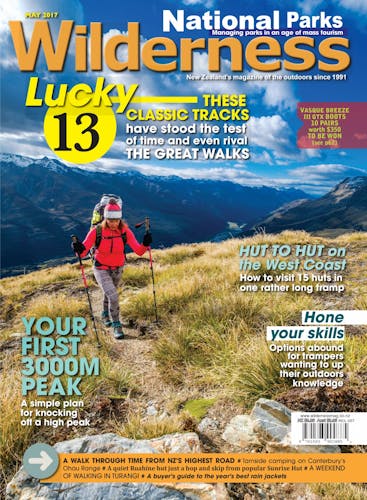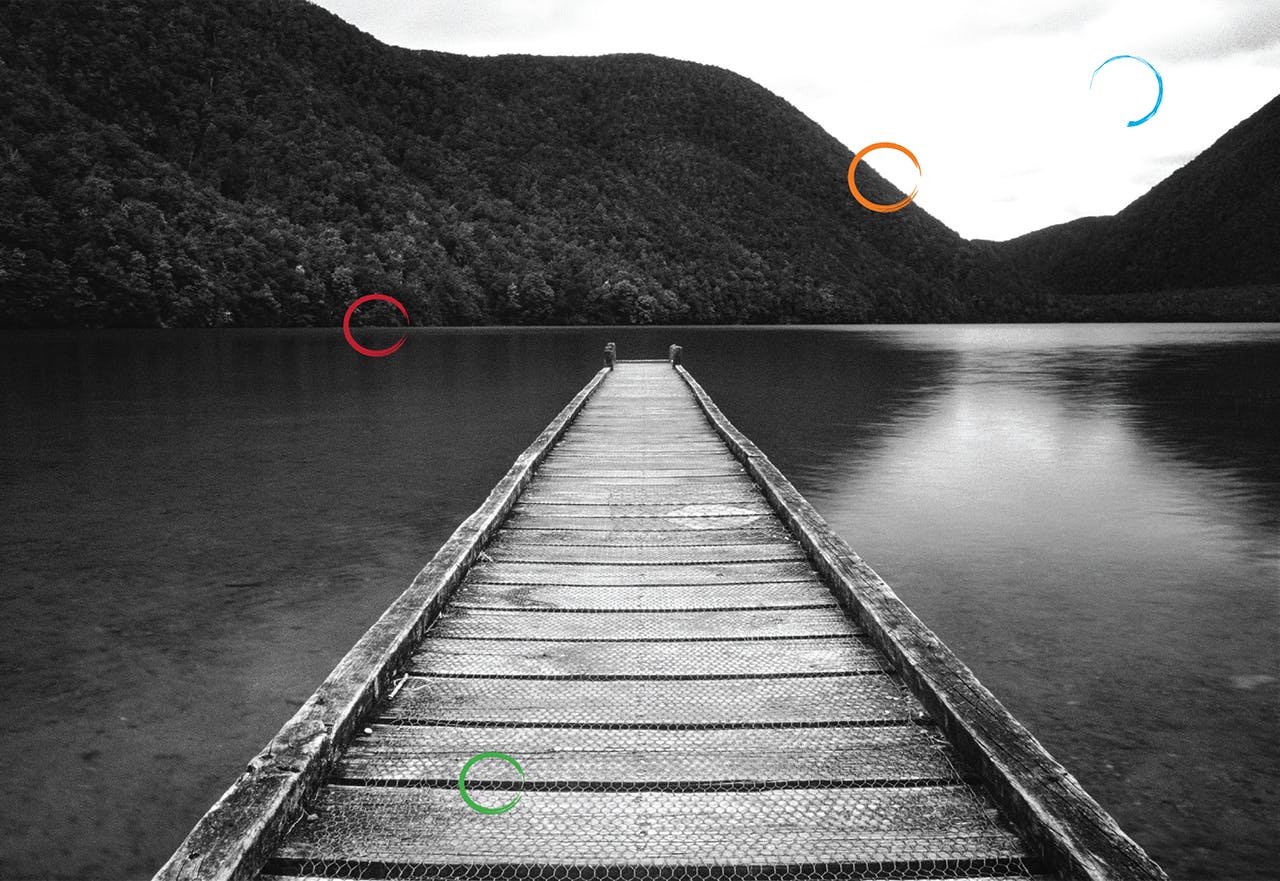Look for contrast when shooting in monochrome.
See in black and white
‘Seeing’ in monochrome is difficult, but one benefit of digital cameras is the ability to set the camera to black and white. You will then be able to ‘see’ the scene in black and white in the live view or your electronic viewfinder.
Look for shape and texture
Shape and texture look amazing in black and white. Without colour to distract, these details will become more obvious in the photograph.
Contrast
A good black and white photograph requires contrast. Look for subjects that have luminosity (brightness) to contrast each other. Try composing a bright subject against a dark background, or vice versa.
Control your exposure
If a black and white photograph is underexposed, it will look like a ‘muddy’ grey image. A strong black and white image requires a pure white and, ideally, a pure black, to give it contrast. Use exposure compensation (or full manual mode) to control the exposure of your photograph.
Camera settings for this photo: 24mm lens, ISO 100, f11, 1/2 second








